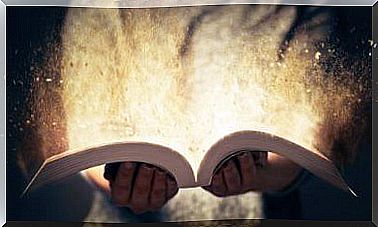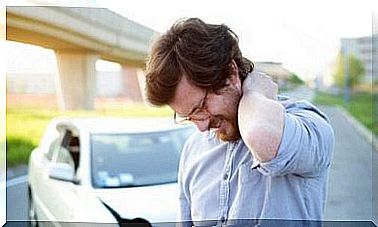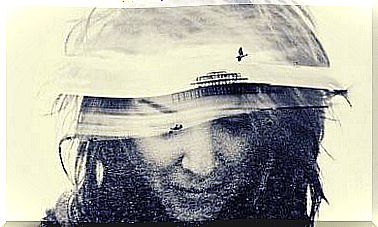First Aid For Children
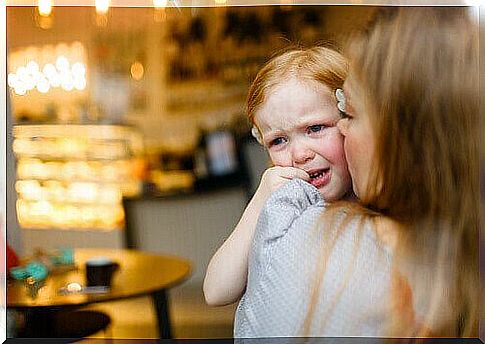
Many people know how to apply first aid. Some took courses and others had to learn about the subject on their own. However, most of the time, we only learn to act with adults. We are not usually taught how to proceed in first aid for children and babies. If we are to provide help for children, we must take into account some differences.
The body changes a lot from childhood to adolescence and maturity. This is why care such as first aid for children must be provided in a very different way, taking into account physiological variations. On the other hand, there will also be differences between how to help newborns and babies who are still in their infancy but who are a little older.
In this article, we’ll look at the main things to remember if you ever have to provide first aid for children.
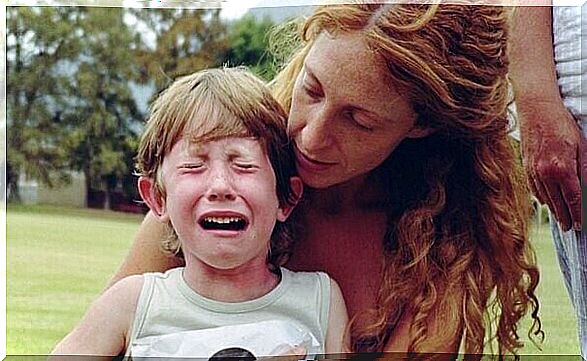
First aid in children: the most important
There are a multitude of first aid techniques. This is because different types of accidents can occur. Next, we’ll explain those that can be performed with the most common childhood accidents.
As children are in the exploration phase, it is very difficult to control them at all times. Therefore, children often end up suffering all kinds of minor accidents. These are the most common cases that affect the little ones.
1 – Cut injuries
Cut injuries usually occur from handling sharp objects such as knives or broken glass. If so, the main thing is to determine if the wound is clean. For example, in the case of glass, some shards may have remained inside the wound.
Then, we must wash the wound before applying any type of antiseptic, otherwise they will lose their effectiveness. Usually soap and water will suffice.
If the cut is not too deep, we have to leave it exposed to the air as much as possible. From time to time, it is necessary to wash it again to promote proper healing. If it’s a deep cut, it’s best to take the child to the hospital for stitches. Otherwise, a band-aid may be enough to protect the area and avoid discomfort for the child.
2- Bleeding or nosebleed
Bleeding in children does not usually occur, in most cases, due to any pathology. They usually arise due to sneezing, allergies, or increased blood pressure. Children’s blood vessels are still weak compared to adults’. Therefore, they are very likely to break in the nose and ears.
The most important thing in this situation is to ask the child to put his head forward. This is the opposite of what is usually done; however, it favors blood flow only through the nose. This position must be maintained while pressing just below the nasal septum. The pressure we exert must be forceful, but always on the soft part of the nose to avoid other types of injuries.
3- Burns
Burns usually occur in the kitchen. Sometimes the child comes into contact with very hot surfaces such as pots, pans, ovens or stoves. In these situations, we must first assess the condition of the burn. There are some that require immediate medical attention. However, most of them are not very serious, although the protocol of action should be just as quick.
First, apply cold water to the wound for at least 20 seconds. Afterwards, let the wound breathe and not apply creams or puncture possible blisters. We will only apply ointments when the wound is somewhat healed.
If it is a serious burn, it is best to take the child to the hospital to be seen by a professional.
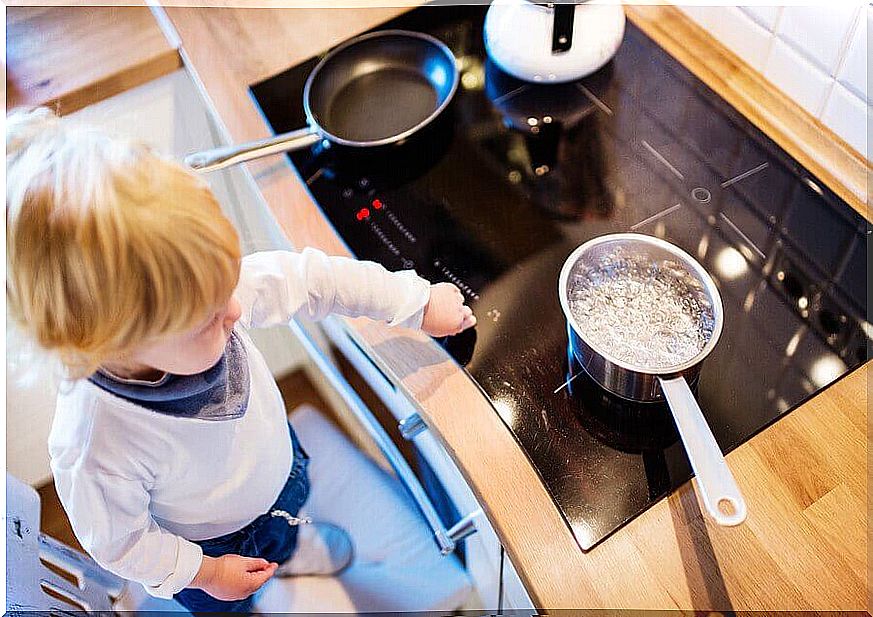
4- Choke
The chokes are accidents that cause a lot of fear, and require a faster action protocol. During these situations, breathing is compromised and, with it, the child’s life. To avoid problems when this happens, it is important to explain to children (if their age permits) what signals they should make if they know they are choking.
If we notice that a child cannot breathe, we should check if he coughs, cries or babbles. In these cases, air, although with difficulty, is passing through the airways. So, although this is a dangerous situation, it is not that serious.
If, on the other hand, the air does not pass completely, we must call the emergency services immediately. As they arrive, holding the child by the armpits, we should make up to 5 blows on the highest part of the back. If that doesn’t work, we must proceed with the Heimlich maneuver.
Conclusion
When applying first aid to children, the most important thing to remember is to always assess the situation. At this point, we must decide whether to go to the emergency services. Sometimes our knowledge is enough to get a child out of harm’s way. In this way, we will avoid creating excessive anxiety.
On the other hand, if your child’s life is in danger, don’t hesitate to call the emergency services. Even if you are an expert in child first aid, it never hurts to ask the professionals for help.
